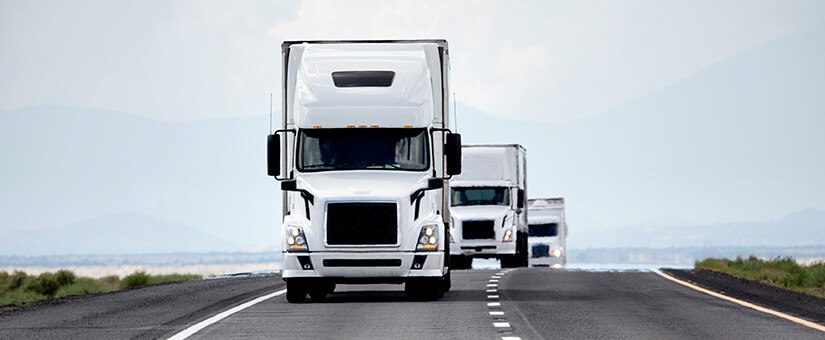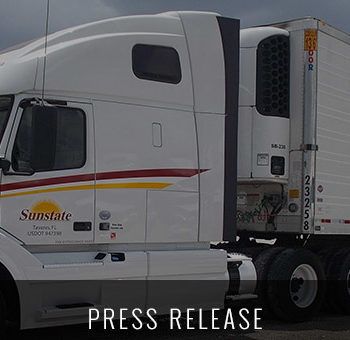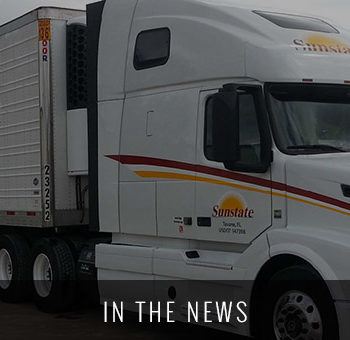
Selling Safety Initiatives to Executives
By: Don Osterberg, Board of Advisors, SmartDrive Systems, Inc.
Motor carrier executives must view their fleet safety through at least two lenses, both moral and financial.
- Moral lens: As transportation professionals, we have a moral obligation to both our professional drivers and, especially, to the motoring public with whom we share the roadway, to operate as safely as possible.
- Financial lens: Generally, all initiatives compete for finite capital dollars. Typically, the carrier’s finance team will review competing requirements and make a return-on-investment (ROI) projection for each. The highest expected ROI projects get the dollars.
This makes perfect sense in for-profit businesses, who, after all, are in business to make money. However, when we blend the view through the moral lens into our capital investment prioritization process, safety-conscious carriers should see a different picture.
When the success of the proposed safety program is measured in lives saved and injuries prevented, decisionmaking is rightly tipped in favor of the safety investment. The moral imperative reframes capital expenditure decision making. If we have reasonable confidence that the safety program investment will cover the cost of capital used, we default to GO. It’s the “right thing to do.” The downside is limited and the upside is significant. For most business decisions, I caution against allowing emotions to influence decision making; however, in the case of safety programs, it’s imperative that we allow emotions to shape our decision making. That’s not to say that safety programs should get a pass on the traditional ROI-driven prioritization processes, but the thought process should be different.
Selling safety programs to executives. I find a good start point is to calculate what % of each risk dollar is spent on proactive preventive programs, versus reactive claims settlement (including post-crash litigation and insurance premiums). I’ve discovered that most carriers don’t know, because they never ask and answer that critical question. If they do, most will discover that they spend between 15-20% on prevention and 80-85% on settling claims when they fail. No safety-conscious leader would draw the line there, but, that’s where it’s effectively drawn for most carriers. Further, if you look at the exponential growth rate in claims settlement and insurance costs over time, the only prudent decision for carrier executives to make while viewing their options through either a moral or financial lens is make the investment in prevention (rather than reactively continuing to pay claims).
The litigation environment. For a host of reasons, the litigation environment for commercial drivers and motor carriers has become problematic. Contrary to everything we believe in our system of justice, in post-crash litigation, commercial drivers are considered guilty until they prove themselves innocent. Crash forensics remains an imperfect science. Eye witness testimony is often inaccurate. Determining what really happened is difficult. If there were safety programs available that could both enhance driver performance AND provide visibility to what really happened in a crash, would you invest in that program? Of course, you would! Well, that capability exists today in the form of video-based safety systems. The question of what really happened is quickly and clearly answered. If the commercial driver WAS NOT at fault in the crash, the video becomes a powerful tool for exoneration. If the commercial driver WAS at fault, knowing that early in the investigation serves to accelerate the claims settlement process (and litigation claims rarely get better with age).
So, whether you view safety primarily through a moral lens or a financial lens, in the end, the answer is the same. Proactive safety is the “right thing to do” and safety pays! Next, we’ll discuss selling safety to operations management and to drivers… Stay tuned.
Click here to check out Don’s second blog in this series.
Don Osterberg, safety advisor, formerly served as senior vice president of safety, security and driver training for Schneider. His distinguished career in commercial transportation spans several decades, and he is a recognized authority on carrier safety, having held leadership roles with organizations including the National Safety Council, FMCSA Motor Carrier Safety Advisory Committee, American Trucking Association’s Safety Policy Committee and American Transportation Research Institute’s Research Advisory Committee. Osterberg is a retired Airborne and Ranger qualified US Army Infantry Colonel. Prior to entering into the commercial transportation industry, he held many leadership positions during his military career including Chief Plans Officer for the 1st Infantry Division (The Big Red One) during Operation Desert Storm and an appointment as the strategic advisor to the President and Chairman of the Joint Chiefs of Staff while serving on the National Airborne Operations Center staff.
- Posted by Melissa.Senoff@smartdrive.net
- On October 5, 2017

